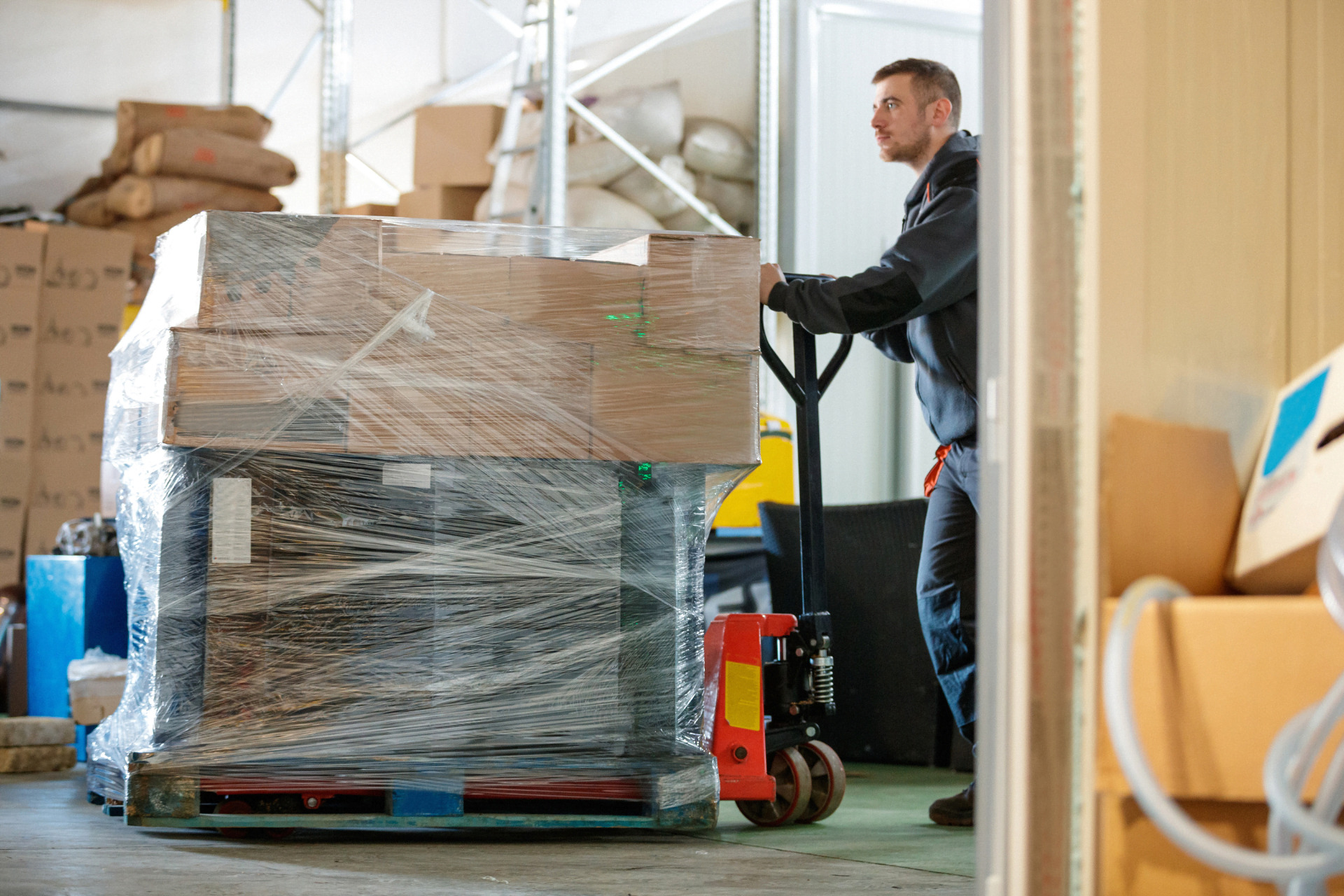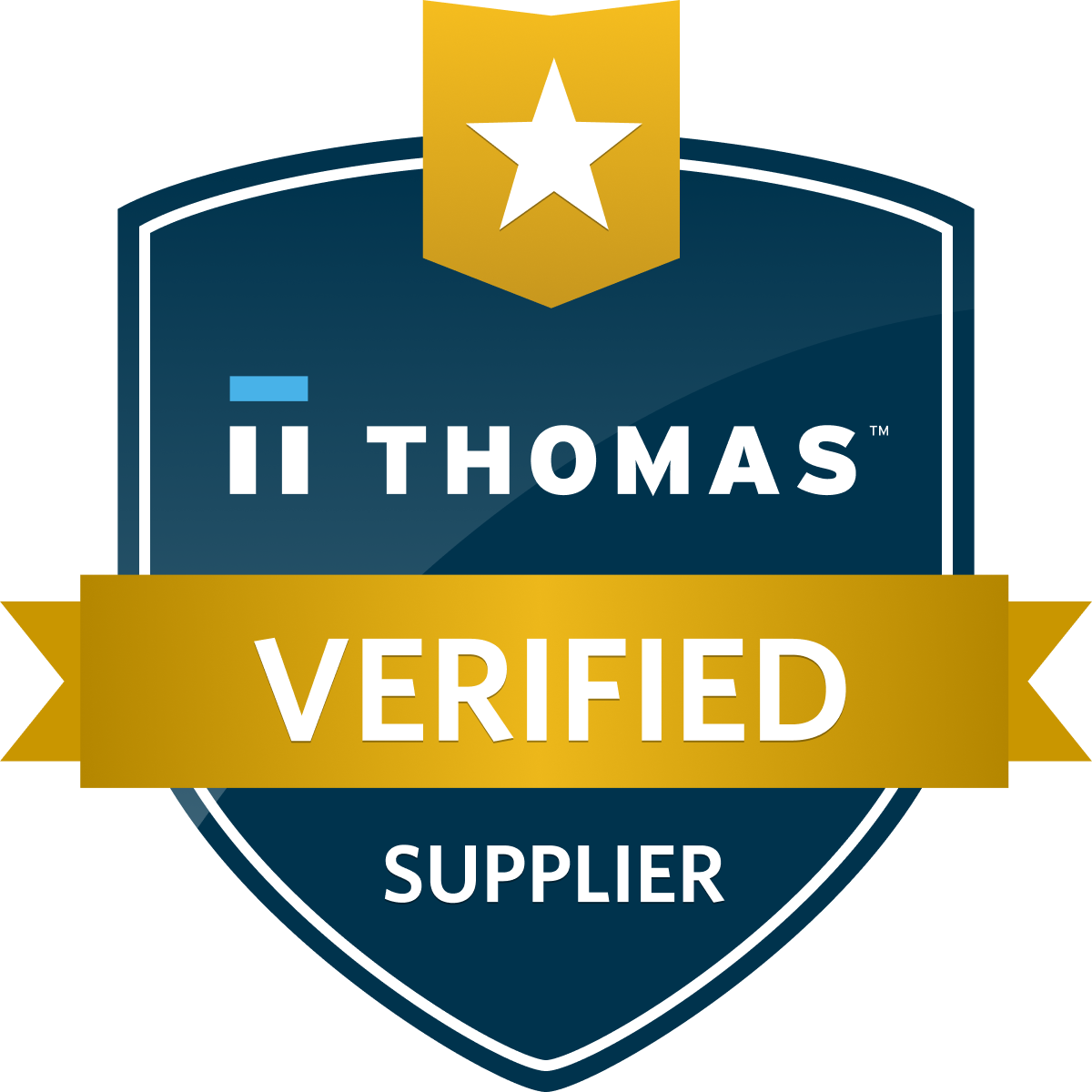Pallet wrapping might seem like a routine task in the grand scheme of logistics, but mastering this skill is a critical endeavor for warehouse and ecommerce business owners. Properly wrapped pallets can mean the difference between goods arriving safely and intact or incurring losses due to damaged items during transportation and storage. This comprehensive guide delves into the art of pallet wrapping, highlighting its significance, step-by-step techniques, and the value of partnering with experts like Xpress360 for professional packaging solutions.
The Importance of Expert Pallet Wrapping
Picture this: a pallet stacked haphazardly, barely wrapped, navigating through the labyrinth of supply chains. The potential consequences of subpar pallet wrapping quickly become apparent. The instability of improperly wrapped pallets can lead to a cascade of issues – shifting loads, compromised products, and even safety hazards within your distribution channels. It’s not merely a matter of encasing goods in plastic; it’s a meticulous process that ensures the safety, stability, and protection of your cargo from point A to B.
Step 1: Preparing the Pallet
Before beginning the wrapping process, you need to ensure that the pallet and the items you want to wrap are properly prepared. Take some time to straighten any misaligned boxes or items on the pallet and remove any items that hang over the edge of the pallet. You also need to ensure that there are no nails, screws, or debris on the pallet that could damage the wrap.
A sturdy foundation is the cornerstone of effective pallet wrapping. Clean the pallet thoroughly, removing any debris or loose materials that could impact the integrity of the wrap. Additionally, assess the pallet’s condition, ensuring there are no broken or damaged boards that could jeopardize load stability.
Step 2: Organizing the Load
Once the pallet is prepared, it’s time to organize the load. Group similar items together and distribute the weight as evenly as possible. Avoid overhang or protrusions that might undermine the balance and stability. Worse, they might pierce another pallet during transport. Distributing the weight evenly will help ensure that the load does not shift during transportation, which could lead to damaged products.
Step 3: Securing the Base
After organizing the load, it’s time to secure the base. Begin by wrapping the film around the base of the pallet using a spiral technique. You should wrap at least three times around the base and leave some extra film to overlap the first wrap. Ensure that each wrap covers the bottom edge of the pallet.
Step 4: Wrapping the Sides
After securing the base, you can move on to the sides. Begin wrapping the film around the pallet at a 45-degree angle and overlap the base wrap. Once you have wrapped several times around the pallet, change direction to wrap the opposite side. Ensure that you pull the film tight to secure the load. Maintain tension and overlap the film onto the previously wrapped layers. This process not only enhances stability but also guards against potential shifts during transit.
Step 5: Securing the Top
Once you have wrapped the sides, it’s time to secure the top of the pallet. Proceed to secure the top of the load by extending the film over the items. Begin by wrapping the top two-thirds of the pallet and be sure to cover the top edges of the pallet. It’s important to wrap several times around the top of the pallet to ensure that the load stays in place.
Step 6: Adding Corner Protectors (Optional)
For an added layer of stability and protection, consider utilizing corner protectors. Corner protectors can help prevent damage to the corners of your product as well as the film you have used to secure your pallet. Attach the protectors to all four corners of the pallet using tape. Ensure that the protectors are flush with the corners of the pallet for maximum protection.
Step 7: Securing the Film
To ensure maximum protection, the final step of pallet wrapping is to ensure that the film is secured. Before cutting the film, wrap it around the pallet once and then tuck it under the previous wrap to create a tight seal. Ensure that there are no loose pieces of film to prevent it from being picked by machinery or unraveling during transportation and handling.
Conclusion
Properly wrapping a pallet is an essential part of ensuring the safety and security of your products during transportation. By following the steps outlined in this article, you can guarantee that your products will reach their destination in excellent condition. If you find pallet wrapping challenging or require assistance with wrapping your pallets, Xpress360 can provide reliable and efficient contract packaging solutions.
Working with Xpress360 for Pallet Wrapping Services
Xpress360 is a trusted contract packaging company with years of expertise and experience in pallet wrapping. Our professional packaging solutions are designed to meet your specific needs and exceed your expectations. Partnering with Xpress360 guarantees quality assurance, timely delivery, and maximum protection for your products during transportation. Contact us today for reliable and efficient pallet wrapping services.







